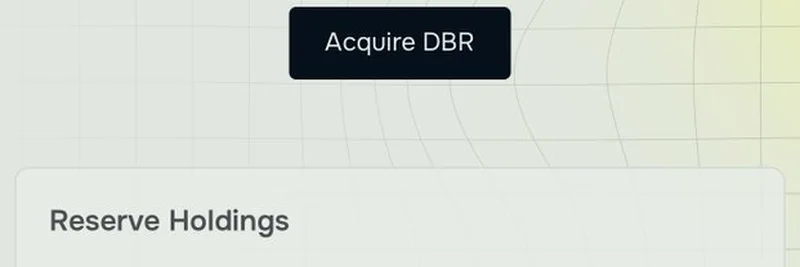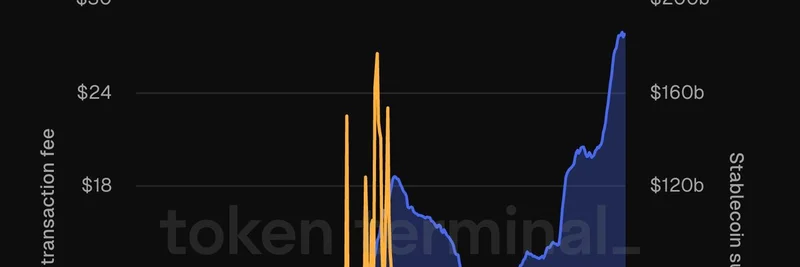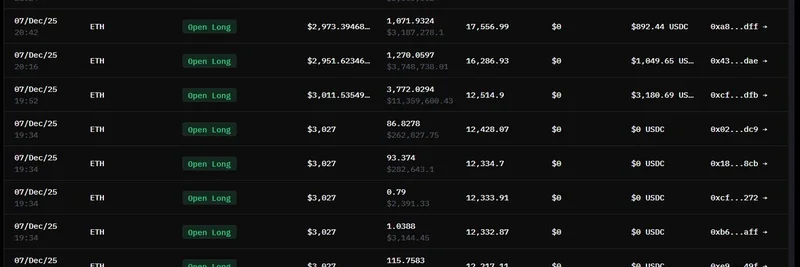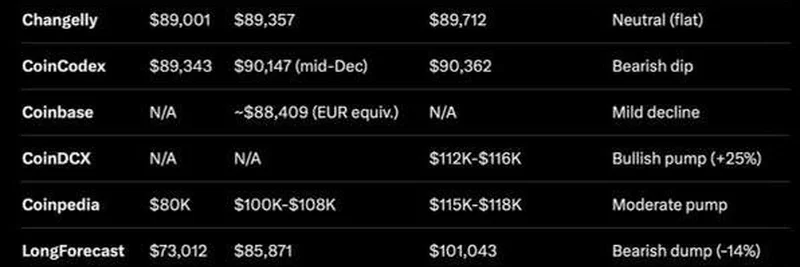If you've been keeping an eye on Solana's ecosystem, you've probably noticed things are getting exciting with token buybacks. A recent tweet from tech content creator @ashen_sol1 puts it perfectly: "Token buyback season on Solana is in full effect." He's spotlighting DeBridge, which has quietly built up about 3% of its DBR token supply by spending nearly $7 million. For any project raking in solid revenue, this kind of move is becoming the new standard to tighten supply and show commitment to holders.
Understanding DeBridge and Its Role in Crypto
DeBridge is a cross-chain bridge protocol that makes it easy to transfer assets between blockchains like Solana, Ethereum, and others. Think of it as a super-efficient highway for moving your crypto without the usual hassles of slow speeds or high fees. Launched to solve interoperability issues in DeFi (decentralized finance), DeBridge has grown into a key player, especially on Solana, where fast and cheap transactions are the name of the game.
What sets DeBridge apart is its focus on real utility. The protocol generates earnings from transaction fees, and instead of pocketing those for the team, they're channeling everything into something called the Reserve Fund. This fund is all about buying back DBR tokens—the native utility token used for governance, staking, and more within the ecosystem.
Inside the DeBridge Reserve Fund
Launched back in July 2025, as announced on their official X account, the DeBridge Reserve Fund is a transparent initiative that uses 100% of protocol earnings to accumulate DBR and other strategic assets. The goal? To enhance and preserve value for the entire DeBridge ecosystem. It's like a self-sustaining loop: more usage means more fees, which means more buybacks, which could help stabilize the token price over time.
From the latest snapshot shared in the tweet, the fund holds a whopping 299,120,183 DBR tokens—that's 2.99% of the total supply. They've utilized over 6.8 million USDC (a stablecoin pegged to the US dollar) for these purchases, with the current DBR market price sitting at around $0.0299, according to CoinGecko. This isn't just a one-off; it's an ongoing strategy to lock up supply and signal long-term confidence.
You can check out the full details on their Reserve Fund page, where they track holdings and provide proof of reserves for transparency. In a space where trust can be shaky, this level of openness is refreshing.
Why Token Buybacks Are a Game-Changer, Especially on Solana
Token buybacks involve a project using its own revenue to purchase its tokens from the open market, often burning them or holding them in reserve. This reduces the circulating supply, which can potentially drive up the price if demand stays steady—basic supply and demand economics. For holders, it's a sign that the project is generating real revenue and reinvesting it back into the community, rather than just hyping up the token.
On Solana, where meme tokens and DeFi projects explode overnight, buybacks add a layer of maturity. Solana's low fees and high speed make it ideal for high-volume protocols, leading to impressive revenues. According to a 2025 Token Buyback Summary, the total spent on buybacks across crypto has exceeded $1.4 billion this year, with Solana's Raydium leading the pack at over $100 million in buyback-and-burn spending. DeBridge's $7 million might seem smaller, but it's significant for a bridge protocol and shows the trend is spreading.
For meme token enthusiasts, this is particularly interesting. While most memes rely on community hype and viral marketing, imagine if popular Solana memes like those on Pump.fun started implementing revenue-sharing models with buybacks. It could shift them from pure speculation to something with tangible value backing. DeBridge's approach might inspire meme projects to build actual utility, like integrating cross-chain features, to generate fees and sustain buybacks.
The Bigger Picture for Solana and Meme Tokens
Solana's ecosystem is booming in 2025, with proposals like Fragmetric's potential SOL token buyback adding fuel to the fire, as reported by Binance Square. If more projects follow DeBridge's lead, we could see a more stable, revenue-focused Solana landscape. This isn't just good for DBR holders; it strengthens the whole chain against market dips.
Of course, buybacks aren't a magic bullet. Token prices can still fluctuate based on broader market trends, and dilution from unlocks (like DBR's scheduled releases) needs careful management. But DeBridge's Reserve Fund is a smart counterbalance, having already bought back 1.35% of supply earlier this year for $3.19 million, per CoinMarketCap insights.
If you're into Solana or eyeing meme tokens with real potential, keep an eye on projects like DeBridge. They're proving that sustainable strategies can thrive even in the wild world of crypto. What do you think—will more meme tokens adopt buybacks? Drop your thoughts in the comments!




